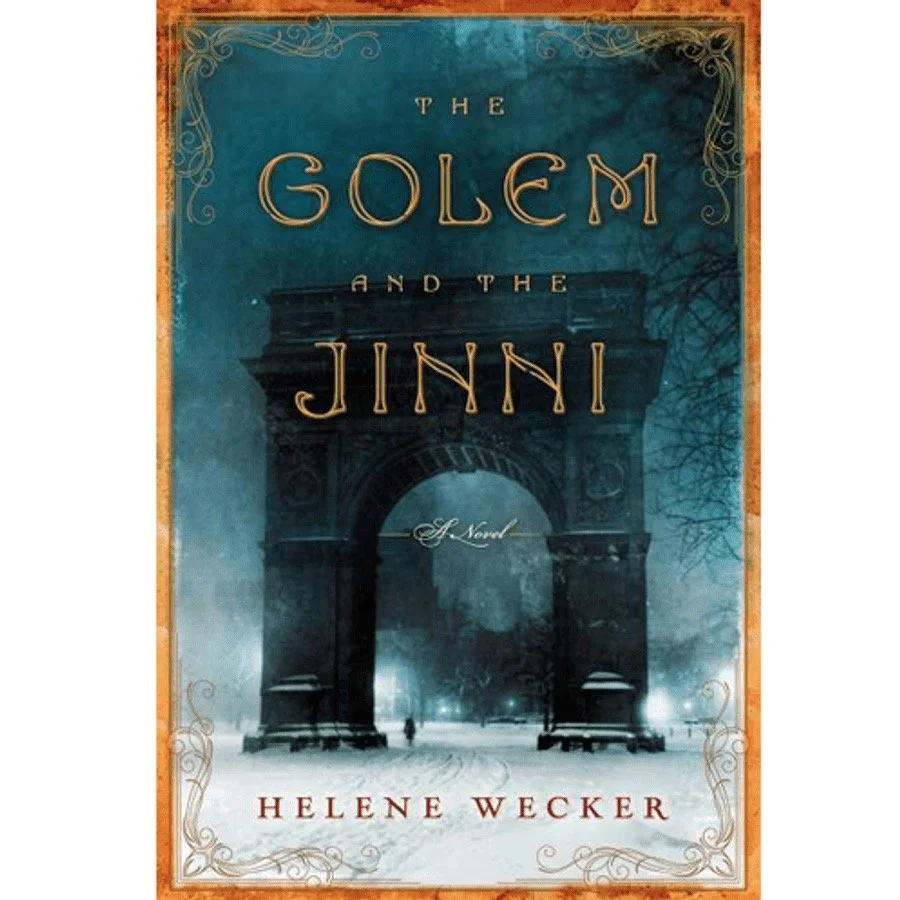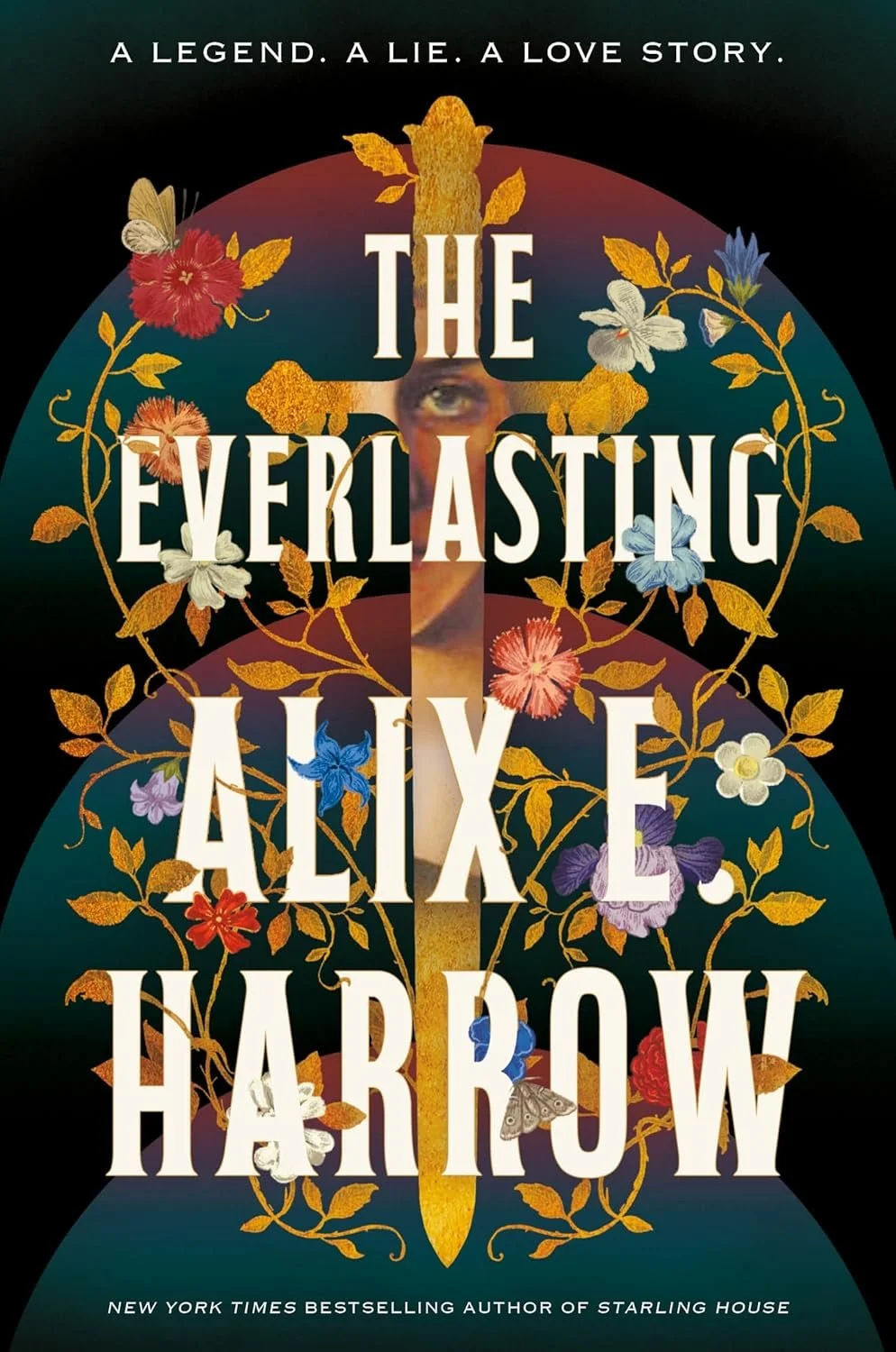The Golem and the Jinni — Book Review with Content Warnings
Author: Helene Wecker
Genre: Literary fantasy, folklore & magical realism
Series: Standalone
Age Rating: Mature teens & adults; suitable for older teens, but the themes and pacing are more adult in tone and complexity
Synopsis
Chava is a golem, a clay creation brought to life by a disgraced rabbi, who is created to be the wife of a man who dies on the Atlantic crossing to New York in 1899. Ahmad is a jinni, a spiritual creature of the Syrian desert, who was trapped in a copper flask for hundreds of years and now accidentally released by a metalsmith, but still trapped in human form. Unable to find kinship with the humans to whom they are bound, the two become unlikely friends as they roam the streets of New York City together and discover what it means to be a person.
Content Warnings
General Rating: Teen+ (PG-13 / TV-14 /14A)
Spice Rating: Mild—allusions to intimacy, closed-door intimacy in chapter 7
Violence Rating: Moderate—physical altercations and abuse, death, confinement
Profanity Rating: None
Other Trigger Warnings: poverty/starvation, terminal illness, death of a parent, drug use, smoking, alcohol use, suicidal thoughts, abusive/toxic relationships, pregnancy, manipulation, attempted murder, sexism/misogyny
Overall Rating: 5/5
Amazing, stunning, wonderful! Wecker’s writing is absolutely beautiful, and I loved learning about Middle Eastern and Jewish mythologies.
What I Liked
Wecker’s writing style: It is restrained and beautiful, bringing 19th-century New York to life in all its diversity and glory. The Syrian and Jewish districts were a myriad of colours, languages, and experiences; in a word, amazing.
The Golem and the Jinni’s relationship: They are earth and fire. In no way should they complement each other—they are products of two cultures that historically have not gotten along (Jewish and Middle Eastern)—but they do; they sharpen and temper one another.
Character growth: Both undergo an intrinsic tension to their natures: The Jinni, usually a windblown, unmoored spirit, feels a pull to settle in the metalsmith’s shop, while the Golem, usually bound to the will of her master, feels an increasing restlessness.
What I Didn’t Like
The Jinni’s starting point: He is a selfish, pleasure-seeking spirit who cares not one bit about how his actions affect the humans around him. However, that’s exactly the point, and he grows in self-awareness and maturity through his interactions with humans and especially Chava.
Themes and Reflections
Identity and selfhood: Both the Golem and the Jinni wrestle with what it means to be a person. The Golem has only known servitude, while the Jinni was born free and is presently a slave to human will. Wecker explores how identity is both created (through will and magic) and given (through dignity and relationships).
Fate versus free will: As the Golem and the Jinni wrestle with what it means to be a person, they address questions of fate and free will: Are they fated to be creatures of their nature and creation, or can they break free from their magical and socially induced constraints?
Plurality of faith: Each character represents a different faith and religious background—the Jinni, Middle Eastern spirituality; the Golem, Jewish mythology; Rabbi Schaalman, Jewish orthodoxy and magic; Michael, atheism and humanitarianism; Dr. Saleh, reason and logic; Arbeely, Syrian Christianity. Each person struggles to make sense of humanity from their faith perspective, and many of them learn how to interact with others who come from different traditions. It’s a stunning exploration of religious plurality.
““And I suppose I should follow your example, and take all the pleasures I can!” “Why not, when there’s no harm done?” “By which you mean that you aren’t harmed, and that’s what matters!” ”
Writing Style
Intense, resonant prose
Episodic, slow, measured pace
Melancholic but hopeful atmosphere
Complex, dynamic third-person POVs
Realistic, natural dialogue
Derivative, rich worldbuilding
Transformative, moving narrative
Tropes
Corruption of power
Elemental magic
Human vs. Self
Fate vs. free will
Marriage of convenience
More Like This
The Bear and the Nightingale by Katherine Arden
The City of Brass by S.A. Chakraborty
Uprooted by Naomi Novik
Publisher Info
Publisher: Harper Perennial
Release Date: April 23, 2013






Book review with content and trigger warnings for Hemlock & Silver by T. Kingfisher